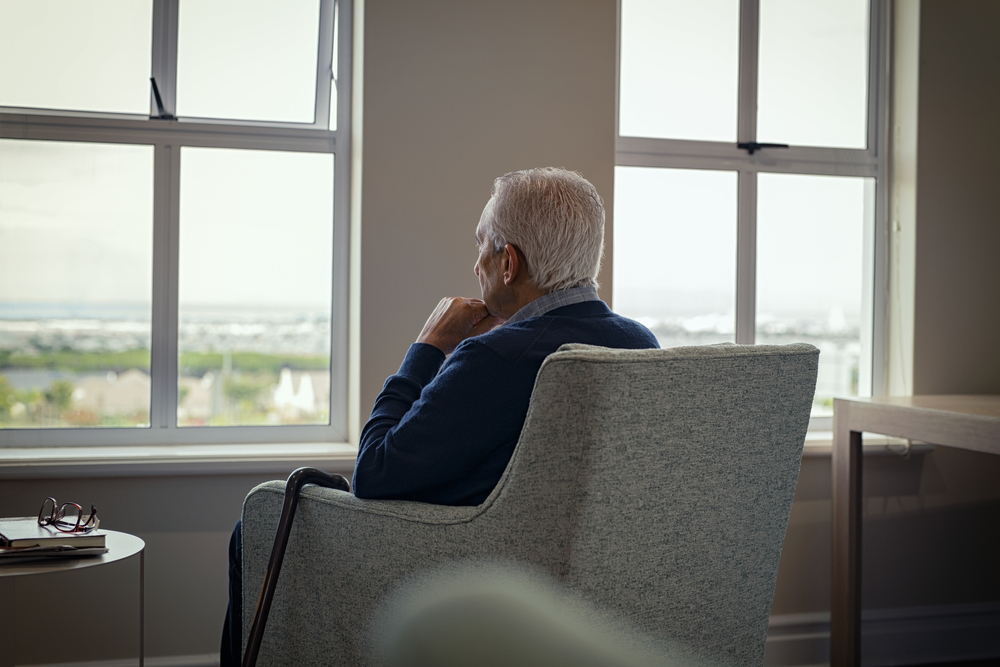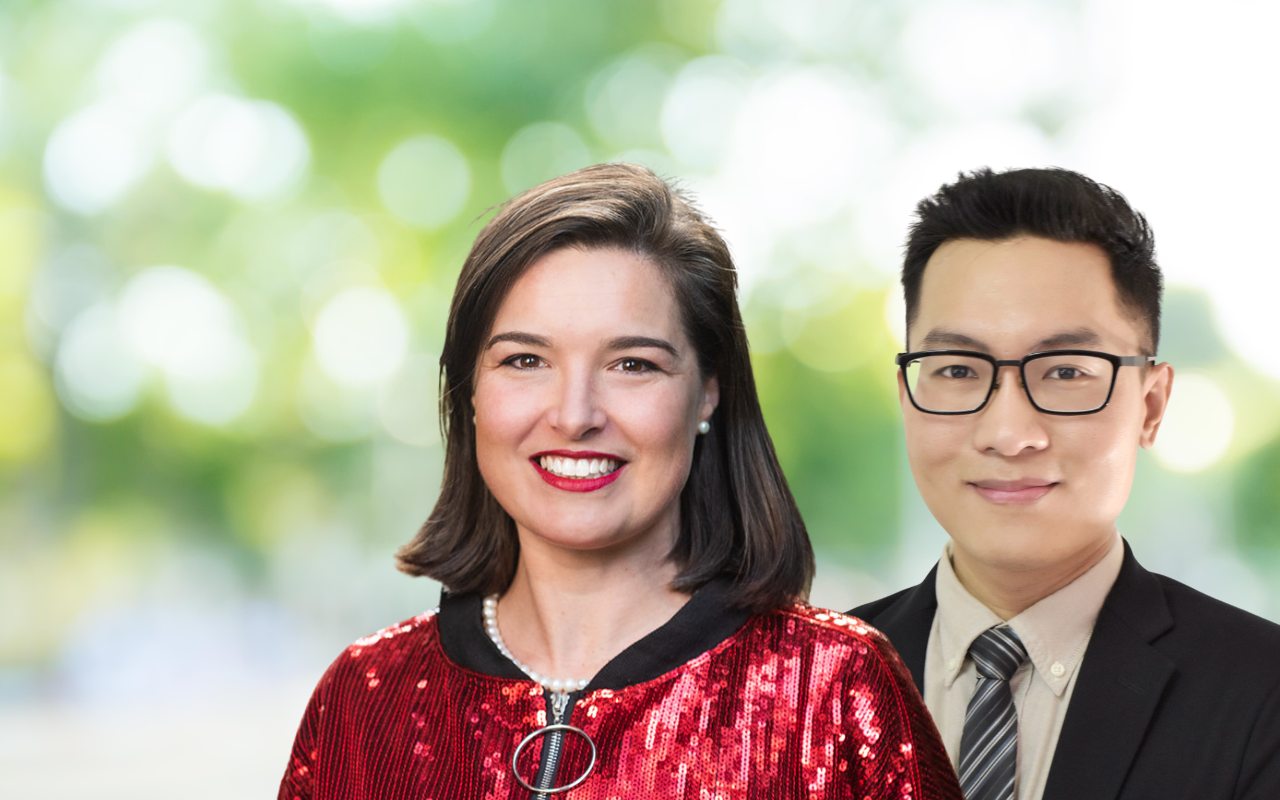A version of this article originally appeared on Monash University’s Monash Lens news site.
Losing a spouse is one of life’s toughest transitions, but what shapes the experience of loneliness that follows? Researchers from Monash University explored this question, highlighting the complex dynamics of loneliness and social isolation after widowhood. The study, published in the Archives of Gerontology and Geriatrics, draws on data from the Household, Income and Labour Dynamics in Australia (HILDA) Survey and offers important insights for mental health and social support systems.
Spousal bereavement marks a profound life transition, yet its social and emotional ripple effects often go unnoticed. Loneliness is not just an emotional burden — it is a public health concern. Prolonged loneliness has been linked to depression, dementia, cardiovascular disease and even early death. Loneliness after spousal loss is more than a personal struggle, it is a societal challenge affecting many each year. Understanding the factors that influence bereavement-related loneliness is a step closer to developing better support systems to prevent long term health consequences for those who have lost a spouse.
Using data from 19 years of HILDA Survey, we analysed the experiences of 749 widowed individuals alongside 8418 married counterparts. For the first time, this study provides a detailed look at social health profiles before and after spousal death, examining three key dimensions: social isolation, social support and loneliness. The findings highlight loneliness as the most significant challenge for widowed individuals, while levels of social isolation and social support remain largely unchanged.

A near-universal experience
The research shows that loneliness during widowhood is a near-universal experience, affecting individuals regardless of age, gender, geographic location, employment status, volunteering, wealth or long term physical and mental health conditions. Despite an increase in interactions with friends and family following spousal death, these increased interactions do not necessarily ease the loneliness experienced by those who are grieving. This paradox highlights the emotional void left by the loss of a life partner, who is often not just a companion, but also a confidant and emotional anchor.
Social health is increasingly recognised as a significant factor in overall health and wellbeing. As Dr Freak-Poli highlighted in a previous Insight+ article, there is abundant evidence that individuals with positive social health are at a lower risk of developing multiple chronic diseases and experiencing early death. For a more detailed explanation of social health and its typical assessment, see Box 1.
| Box 1: Social health: definition and assessment |
| Social health is the ability to form meaningful relationships, adapt to social situations, and feel supported by others. It is typically assessed through three related yet distinct measures. These dimensions, while interconnected, capture different aspects of social wellbeing. For example, a person may have frequent social interactions (low social isolation) but still experience loneliness if these interactions lack emotional depth. |
| 1) Social isolation: The objective lack of social relationships or infrequent contact with others. |
| 2) Social support: The perceived or actual availability of emotional, informational or material resources from others. |
| 3) Loneliness: A subjective feeling of being isolated or disconnected, reflecting a gap between desired and actual social interactions. |
Spousal loss impacts men and women differently
Spousal loss significantly increases feelings of loneliness, but its impact differs between men and women. Men experience a three-fold increase in loneliness within the first year following bereavement, while women experience a two-fold increase. Despite this, social isolation (measured by contact with friends and family) improved for both genders, but the rise in loneliness was persistent, remaining 50% higher for women and 100% higher for men even two years after bereavement.
These gender-specific findings reflect longstanding societal norms and roles, with women historically taking on caregiving and social organising responsibilities that often result in larger social networks and greater community engagement. However, these networks do not fully protect women from the emotional impact of spousal loss.
For men, widowhood can be particularly isolating, as many rely heavily on their spouse for emotional support and social connection. Without this critical support system, they often struggle to maintain existing ties or form new ones, making the transition to widowhood especially challenging.
The research found that:
- Loneliness affects everyone: Increased loneliness following spousal loss was observed across all groups, regardless of their existing levels of social connections.
- Some feel it more: While loneliness after spousal loss was universal, some felt it more than others.
- Men and financial resources: Higher financial resources, such as income and asset wealth, better protected men from loneliness after spousal loss. However, for women, financial resources provided less of a buffer, reflecting gendered differences in social dynamics.
- Urban–rural differences for men: Men living in major cities experienced smaller gains in social connection during bereavement compared to those in regional areas. However, this could be because they started out less isolated.
- Factors affecting women: For women, being employed or volunteering, living in poverty, and having long term mental health conditions exacerbated feelings of loneliness during bereavement.
Policy: the way forward
Policy makers must place equal emphasis on social health as they do on physical and mental health. Investing in social prescribing — a practice that connects individuals to community resources — presents a significant opportunity for supporting those who are bereaved. This person-centred approach encourages individuals to design their own plans, which can be particularly transformative for those experiencing the long term effects of bereavement. It helps them rebuild routines and reconnect through activities that address their specific needs.
Widowhood represents a critical period where targeted interventions can have a lifelong impact. Social prescribing provides a unique opportunity to assist individuals in rediscovering their needs and interests, transforming a time of loss into one of renewed purpose and connection.
It is also worth noting that the quality of social connections may hold more significance than the quantity. Research indicates that women with four or fewer friends that they felt comfortable discussing private matters with had a 41% reduced risk of dementia compared to those with more than four friends, after a follow-up period of up to 10 years.
What can health care professionals do?
Grief is a natural part of the bereavement process, but health care professionals can play a role in providing ongoing support and guidance to those navigating this difficult time (see Box 2).
| Box 2: What can health care professionals do? |
| 1) Screen for loneliness: Health care professionals and community organisations should actively screen for loneliness during and after widowhood. Early identification enables prompt intervention and timely support to address emotional needs. |
| 2) Normalise the experience: Reassure patients that feelings of loneliness are a common part of grief and may take time to ease. Grief is highly individual, and the process of adjustment will differ for each person. |
| 3) Set realistic expectations: Advise patients that loneliness may persist despite efforts to remain socially active. Even with new or strengthened friendships/relationships, the absence of a lifelong partner can leave a distinct emotional gap. |
| 4) Encourage peer support: Suggest joining a widowhood support group, where individuals can connect with others who share similar experiences. Peer support offers comfort, validation and practical coping strategies. |
| 5) Promote self-rediscovery: Encourage patients to explore personal interests and aspirations outside of their role as part of a couple. Helping them identify new activities or revisit old hobbies can support the development of a renewed sense of individual identity and purpose. |
| Further steps for addressing loneliness in all individuals |
| 6) Engage social prescribing: Assist patients in identifying available social prescribing services by contacting local councils, neighbourhood houses, libraries, etc. |
| 7) Provide additional resources: If social prescribing services are not available in your community, consider exploring the following local programs and mental health resources that can help support social connections and improve emotional wellbeing: |
| Australian music communities (map) |
| Beyond Blue (1300 22 4636) |
| Book clubs |
| Choirs |
| Ending Loneliness Directory |
| Friendline (1800 4 CHATS or 1800 424 287) |
| Heart Foundation Walking Groups |
| Lifeline Australia (13 11 14) |
| Men’s Shed |
| My Community Directory |
| Neighbourhood Houses |
| Parkrun |
| Public libraries |
| Local councils (via their website) |
In conclusion, understanding the emotional and social challenges of loneliness after losing a spouse is key to providing better support. By integrating social health into broader health policies and providing targeted interventions, such as social prescribing, we can help those affected by bereavement rebuild meaningful connections and find renewed purpose, ultimately reducing the long term health risks associated with loneliness.
Find out more
To learn more about social prescribing, you can join the RACGP Specific Interest Group for Social Prescribing, and the Australian Social Prescribing Institute of Research and Education (ASPIRE).
Dr Rosanne Freak-Poli is a Senior Research Fellow at Stroke and Ageing Research, School of Clinical Sciences at Monash Health, Monash University. She also serves as the Head of Social Epidemiology in the Behavioural and Social Epidemiology Research Group at the School of Public Health and Preventive Medicine, Monash University.
Dr Htet Lin Htun is a third-year PhD candidate at the School of Public Health and Preventive Medicine, Monash University. His research focuses on the social determinants of health, community-based social interventions, gerontology and dementia. He holds a medical degree and completed a Master of Public Health at the National University of Singapore.
This article was first published on Monash Lens. Read the original article.
The statements or opinions expressed in this article reflect the views of the authors and do not necessarily represent the official policy of the AMA, the MJA or InSight+ unless so stated.
Subscribe to the free InSight+ weekly newsletter here. It is available to all readers, not just registered medical practitioners.
If you would like to submit an article for consideration, send a Word version to mjainsight-editor@ampco.com.au.

 more_vert
more_vert
Thank you for publishing this information, which reflects what is in store for about half of the population.
Males are at higher risk of suicide and I would like to know if the study looked at male/female suicide rates following bereavement.
Were there any data to determine differences by cause of death of their spouse? For example, the impact might be greater for a widow who has cared for a partner with dementia prior to their death.
Interesting article. Especially for me right now. My wife of 57 years just passed away about three weeks ago. Thankfully quietly and peacefully, lying right beside me in the middle of the night, so we were spared the traumas of nursing homes, etc. She was very disabled towards the end and I had to do absolutely everything for her, so I had a real fear she might slip below a point where I could continue to care for her at home, so very thankful and relieved this did not happen. I know my medical background enabled me to care for her way beyond the capability of most spouses, and I was also fully aware of much covered in this article having counselled many patients along similar lines. It is going to be interesting to see how I handle the next phase, where after the heightened frequency of welfare checks from family and friends, these contacts tend naturally to sort of trickle right down to a baseline.
The tie of being a full time carer for about 5 years clipped our wings considerably in terms of retirement plans. I am now in a position to rekindle some of those plans. This will give me a goal such that I hopefully will be able to minimise the loneliness thing, but I also realise it will always be an issue if I let it. Time will tell…